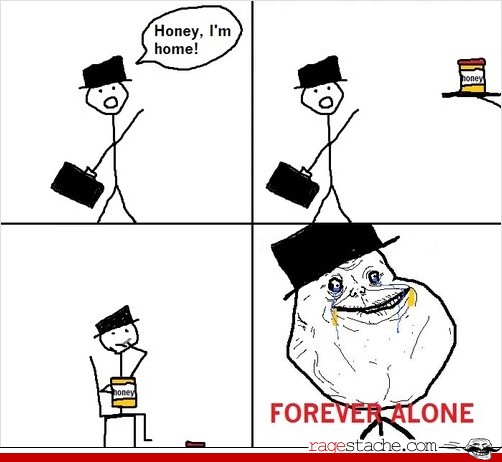
Memes are social information hybrids: part image, part text. Sometimes they have other parts, but they almost always have these two. The images are instantly recognizable, but what about the text style? Font and text style have a large role in the memes we know and love.

I’ll give you a brief guide to the most common meme fonts, how they’re used, and the easiest ways to make your meme text pop. Get Started Now: Open an Editable Meme Template or Kapwing's Meme Maker to make any meme with Impact, Comic Sans, Arial, Montserrat, and hundreds of other meme fonts. The first globally viral meme, Happy Cat, was simply *said cat* with “I CAN HAS CHEEZBURGER?” blazoned across the top of the photo in white, all-caps Impact. Impact is by far the most popular font used on Kapwing's meme maker (surprising, since Arial is the default).Įver since, the font has defined the mainstream meme style, from “ Y U NO” to the captions of your favorite SpongeBob image macro. Comic Sans MSĬomic Sans is a meme of its own, really. It evokes the simpler internet culture of the early 2000’s, when the casual, fun font was once acceptable for non-ironic usage. But Comic Sans also has some special, specific roles in meme culture.

The Doge Shibe meme family, for instance, is immediately recognizable for its use of brightly colored Comic Sans floating text. To use another font in a Doge meme would be as sacrilegious as correctly using its intensifying adjectives and adverbs correctly. While abstract or surreal memes also occasionally use Comic Sans, they're more often associated with with animated text or WordArt features, in obscure, almost unintelligible meme canvases. What once occupied strange, sparsely populated corners of the internet has now approached the mainstream, and these types of absurdist memes are becoming more and more recognizable.


 0 kommentar(er)
0 kommentar(er)
